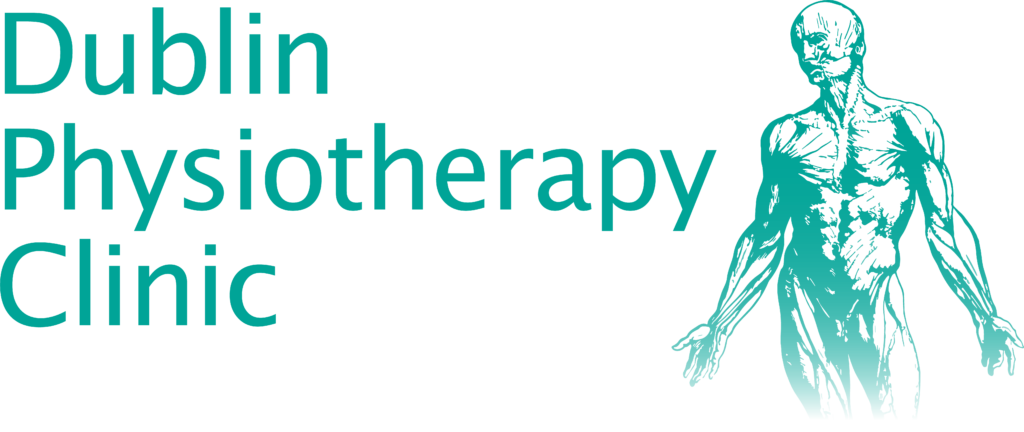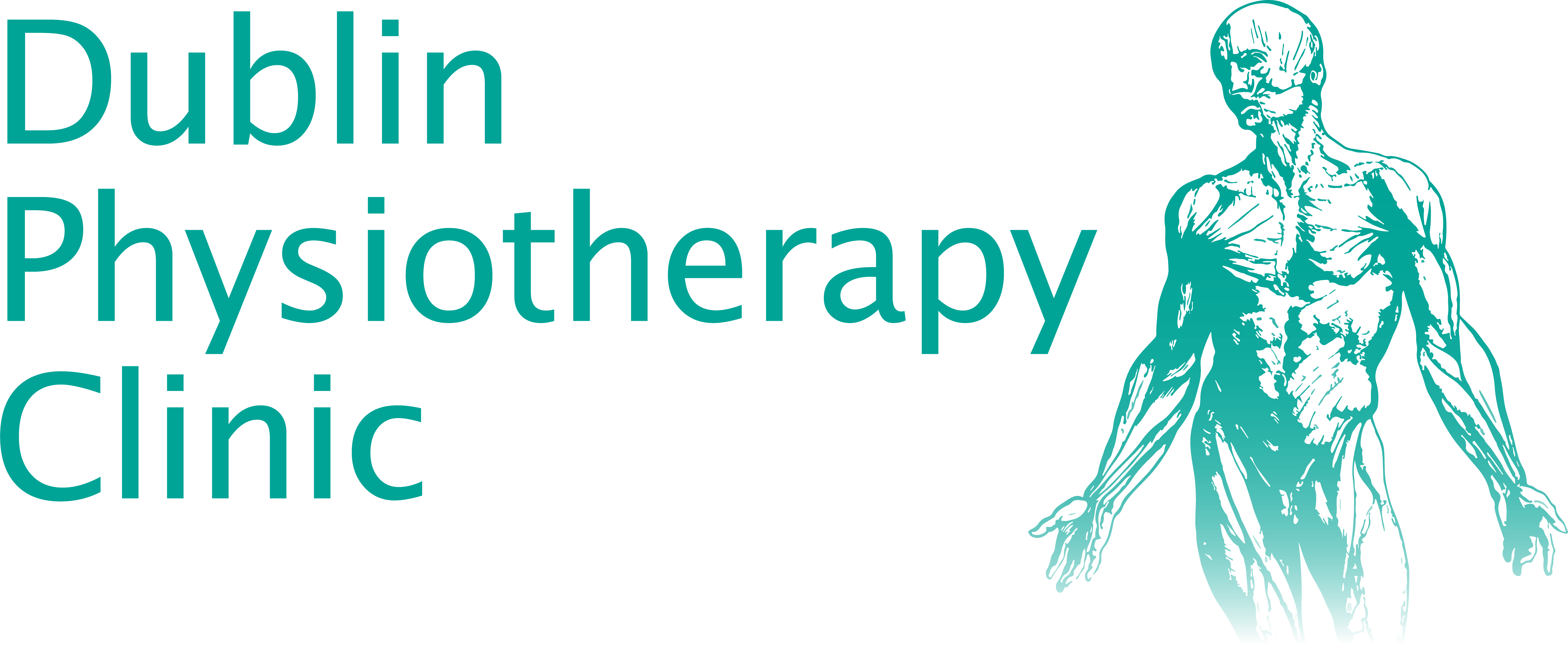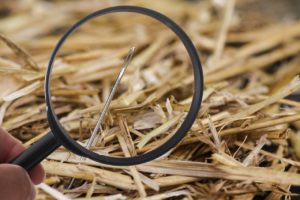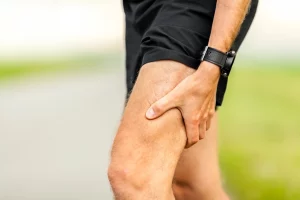David Fitzgerald from Dublin Physiotherapy has published an all-new video in which he talks about braces and supports. As always, a very controversial topic that will divide the opinion of patients and specialists. As usual, in fact, David likes to talk about issues that are commonly dealt with in many different ways, creating interest topics of communication each time.
If you want to hear more of what he has to say, then you should watch the full video below. If, on the other hand, you would rather read a summary of today’s topic, keep reading this article to find out more about braces and support and whether or not they work.
What are the most common types of braces and supports?
The first and most important thing to know about braces and supports is that not all of them are created equally. They, in fact, come in different shapes and sizes and have different uses depending on the type of injury or therapy they are used for. As David says, the general principle is that, if you can do activities without requiring some support, of course, that’s ideal. However, if you do feel that some support is needed, then it is necessary to discuss with your practitioner what the options are.
In the clinic, David has seen people who have suffered from all sorts of traumas and sometimes, unfortunately, it is the case that patient won’t be able to be fully rehabilitated, despite physiotherapy. In this type of situation, it might be worth considering whether using braces could be a good idea. Usually, one of the first objections to the use of any type of braces is “will my muscles weaken because I’m using a support brace”, a very understandable concern that most patients express. As David says, however, there seems to be no evidence that indicates that is the case. From a pragmatic point of view, if a brace allows you to do a much higher level of function than what you could do without braces then the muscle activity would be of a much higher level than what you would get without wearing a brace. So, from this perspective, when braces improve the quality of your activities and the muscle use, David encourages their use.
A few examples to better understand their use
So, to give you a few practical examples that will help you better understand the mechanics behind the use of braces and supports, David mentions a few injuries.
Among the most common issues, we find severe ankle sprains which have debilitated the patients for a significant amount of time. Despite working on rehabilitation in that period, it might still be the case that the patient will need some extra support to gradually adapt to going back to their normal activities. In particular with athletes, it is good practice to help them regain confidence and feel some extra support by using elasticated bands. While these don’t have any particular effects on the joint, they are a source of comfort, keeping the are tight and more under control.
Of course, if the type of injury is more severe (for instance an ankle sprain that damaged the ligaments as well), then it is better to use more rigid kind of devices rather than soft or elasticated bands. These, in fact, have the advantage of giving an extra level of protection. On the other hand, however, their only disadvantage is that they’re not exactly comfortable to wear. Most of the times, people are happy to put up with the discomfort caused by the brace or support simply because it allows them to do the activities they love without too much effort. A similar scenario applies to the knee; very often, elasticated bands are sufficient to increase stability and apply slight pressure on the area. For people on the more severe end of the scale, however, an elasticated band might not be as effective, making rigid supports the best option.
So, there are plenty of braces and supports for all types of injuries and conditions, you just have to find the right one for you.
That is all for today’s video by David Fitzgerald. Make sure to watch the full clip to learn more about the different types of braces and supports and how they can be used and stay tuned for next week’s new video!





